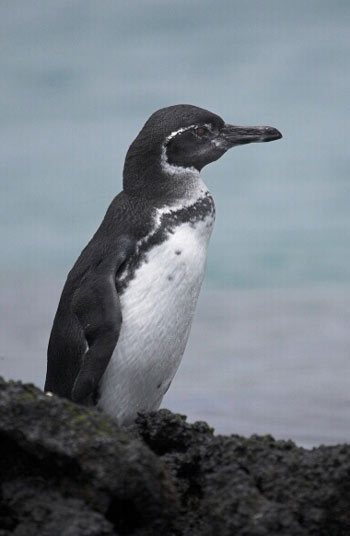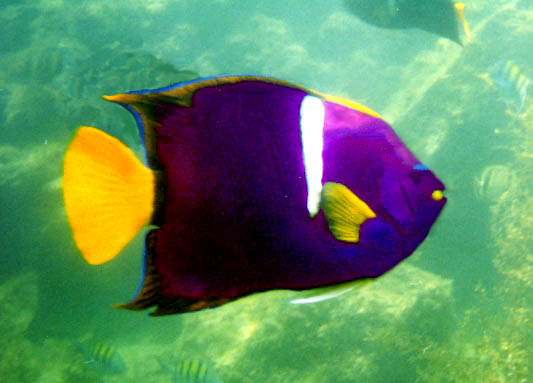
After my orientation on Saturday, where I got to meet the other 29 teachers I will travel with for the next two weeks, we headed for the Everglades on Sunday. The Everglades are located in southern Florida. It was called a “river of grass” by conservationist Marjory Stoneman Douglas, because while it feels like a giant swamp, it is actually a river that moves about a quarter mile a day (so slow that you can’t really tell that it’s moving).
Yesterday, we slogged through a section of the Everglades. Trudging through the water, which at times came up past my knees, we headed for a cypress dome. Imagine a large, wet, grassy expanse with a few knobby cypress trees, needless and short, spotting the landscape. In the distance, there are cypress trees growing in a circle as tall as 30 feet. After a few slips and falls, and about a 15-minute hike, we reached the dome. Inside, the trees rose tall above us from the water we were submerged in. Spanish moss cascaded down from the branches. Bromeliads (air plants) grew from the trees. In the center of the dome was a big pool of water without trees. While we didn’t spot him, we were told a lone alligator lives there.
While I didn’t see the alligator that lived in the dome, I was able to see alligators yesterday! Alligators, like many wild animals, are just as wary of us as we are of them, so generally, unless provoked, they won’t bother you. On the Anhinga trail, we saw a great blue heron, a little blue heron, an American bittern, a leatherback turtle, and many anhingas. Unfortunately, since my Internet access is too slow to allow me to upload images of each of these, I don’t have them here, but I encourage you to google them to see what they look like.
This ecosystem, like the Galapagos is threatened. The Everglades in particular is threatened by regional growth, demand for water, and invasive species. With 7 million people living in cities that abut this protected place, and 900 people moving to Florida daily, there are increasing demands for water. Because of damming (7th graders, remember the article, “Dam Scam”) much of the water that previously flowed to the Everglades from central Florida now flows out to the oceans, wasted. Finally, invasive species (non-native species that aggressively take over habitats) are also threatening the ecosystem. We learned about the killifish, a fish introduced to the ecosystem accidentally, eats the native mosquito fish that eats… you guessed it—mosquitoes! You can imagine how many more mosquitoes are around as a result of the reduction in population of its predator. Another invasive species, the gold snail, is aggressively overtaking the habitat of the apple snail, but the Snail Kite, an endangered bird living the in the Everglades, has a beak only adapted to eat the apple snail, not the gold snail. What might happen to the Snail Kite? The most dramatic invasive species is the Burmese python! This was introduced to the ecosystem when a pet owner decided he couldn’t care for it anymore. The pythons are now reproducing exponentially. There are now almost 250 pythons believed to be in the Everglades. They are feasting on already endangered birds. They have no predators in the ecosystem, although the alligator is a mighty contender. Of the three known alligator vs. python battles, once an alligator was victorious, another ended in a draw, and the final battle recorded, the python died while digesting the alligator, and it’s decomposing body exploded!
This ecosystem, the Galapagos, is very fragile and vulnerable to changes from humans, invasive species, even climate change. I will head to the Galapagos on Tuesday, and I look forward to talking about this amazing place, and what we can do to help. In the mean time, the Everglades, while in Florida, is not too far away from our home. There are things you can do to help. Check out:
nps.gov/everglades.
 Photo by Per-Gunnar Ostby
Photo by Per-Gunnar Ostby Golden Rays (photo by Jeff Waugh)
Golden Rays (photo by Jeff Waugh)





















